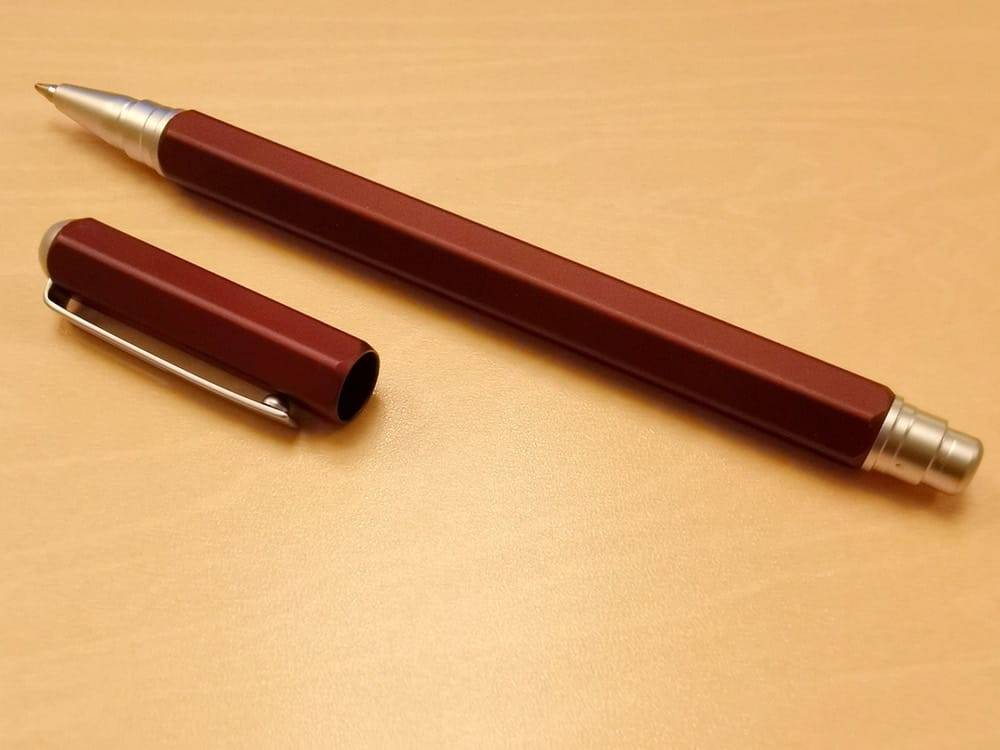Now and then, as an official spokesperson, you may need to answer a tough question a journalist asks. You may even take offense at the manner of the question or its substance. But it is impolite and improper as a spokesperson to lambast the journalist, or dismiss questions as if you are above them.
“No question is unworthy. There are only unworthy answers.”
There are 6 tips on handling difficult questions from journalists.
1. Distance
First, let’s set the environment right for being conducive for both spokespersons and journalists. The conventional media conference tend to feature a long wide table with a panel of spokespersons behind it, keeping them a far berth away from the journalists. This create a chasm between the spokespersons and the journalists, and presents an adversarial “me versus you” perception. Rather, if possible, set up the spokespersons on comfortable upright chairs with a side table, and so the spokespersons are in full view by the journalists and present a more approachable perception. A handheld microphone can be used, or clip-on microphones.
2. Facts
Stick to facts and figures. Present them as they are available to you. If not available, allow for team members to speak on your behalf, or give you the details you need to answer such questions. IF these facts and figures are unavailable now, note down the details of the journalist and have someone on your team address those details by email later on, and let the journalist know you are doing so.
3. Subtext
Watch your subtext or body language. When you get emotional, you give away your true self, and sometimes, that self may be unacceptable to people, and paint you in bad light. Never point fingers at people. It is simply rude. Never raise your voice or shout at people. It in unbecoming if you happen to occupy a position of leadership. Don’t fold your arms and lean back in your seat. It implies indifference or dismissiveness.
4. Affirmation
Conversely, subtext and language should be affirmative as much as possible to build rapport with the media. Lean forward. Look earnestly and directly. Maintain eye contact. Lower your pitch and tone. Slow down your speech. Temper your breathing and it will slow down your heart rate. Sit squarely. Smile. Use positive language to first agree with whatever possible with the journalist, before addressing pertinent points even if they are difficult.
5. Redirection
Sometimes, you are just not the right person to answer a question. Or, you are not in the right state of emotion to answer it rationally and calmly. In an event where there are several colleagues on a panel, use this opportunity to allow another team member to help answer the question either completely, or a part of it, before you calm down and then answer the remaining part of the question.
6. Empathy
If you truly can put yourself in the shoes of the journalists, you will likely be able to see things from their perspective, and avoid confrontational stances that would only jeopardize your organization’s image further. With empathy, you will be able to be authentic, to be conciliatory, to have more open and warm gestures and subtext, to use more collaborative and “we” lingo rather than aggressive or combative words. You will also notice telling the harsh truth as it is, unembellished, with no lies, much easier. And when the circumstances demand it, you will also be able to apologize freely and honestly, rather than using stale and unconvincing faux apologies that will alienate your organization from the public even more. If you see a journalist as an adversary, your subtext and language will all be high-strung combative. But if you see a journalist as a colleague or college student on a discovery, then your subtext and language will be radically different and collaborative.
So, the next time you face a journalist with a tough question, just remember that no question is unworthy, and that there are only unworthy answers. Step up to it and embrace the challenge.
###

